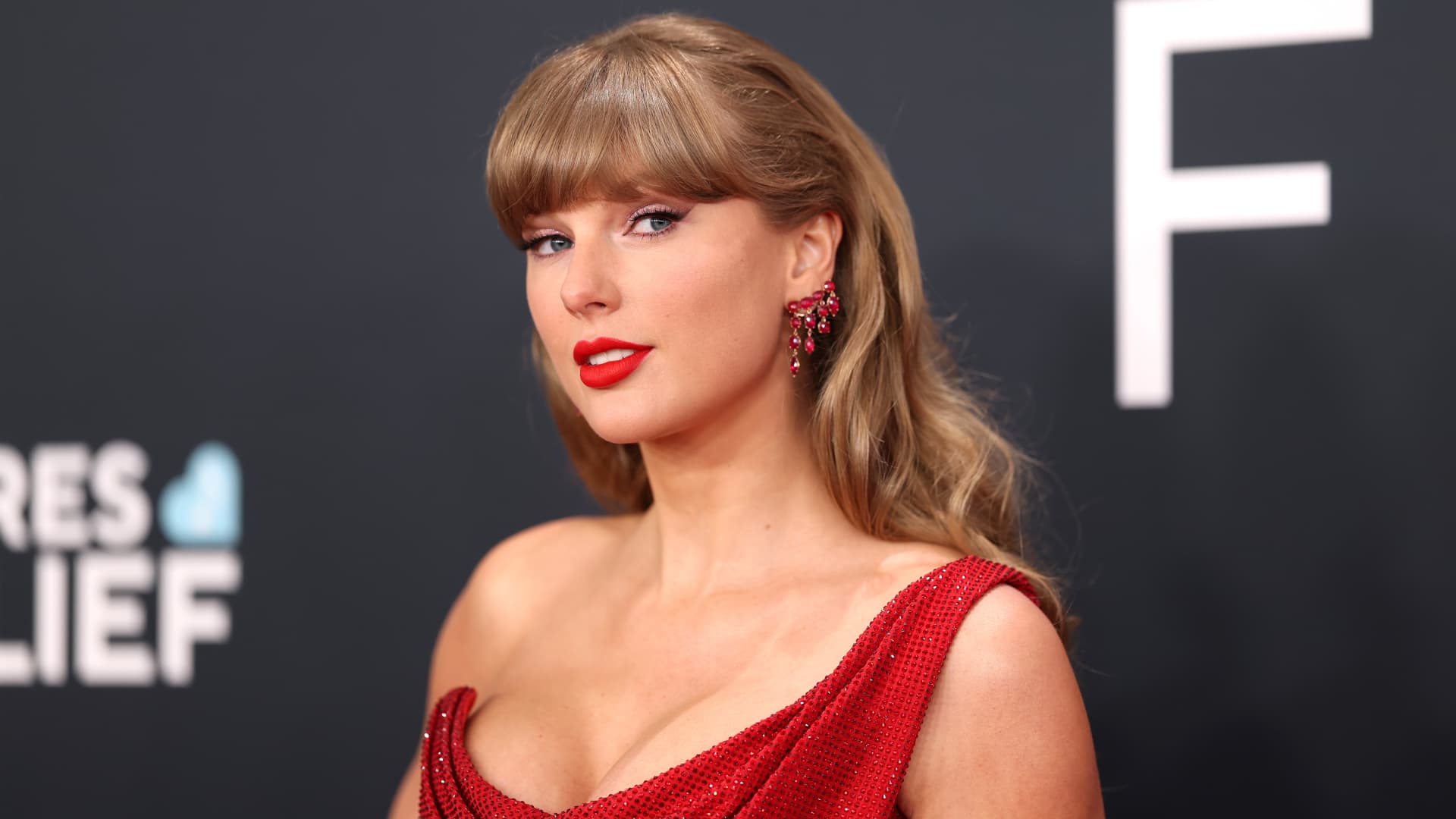
Gone are the days of fad diets and restriction. Social media users are leaving those trends behind for a new approach: intuitive eating.
Intuitive eating “focuses on trusting your hunger cues. You decide what to eat and how much based on that,” says Jinan Banna, registered dietitian and professor of nutrition at the University of Hawaii.
“It really rejects diet culture. It avoids judgments around food, and it puts the focus on trusting your body.”
This more mindful way of thinking about food is resonating with folks online, particularly on TikTok. Under the hashtag “#intuitiveeating”, there are more than 200,000 posts on the platform of users discussing how their relationships with food changed for the better, when they stopped tracking macronutrients and just started eating when they were hungry.
Though the trend has grown in popularity recently, it’s something that Taylor Swift seems to have been practicing 15 years ago.
“During the week, I try to eat healthily, so that means salads, yogurt, and sandwiches. No sugary drinks. I try to keep it lighter,” Swift told WebMD in 2010.
“But it’s nothing too regimented or crazy. I don’t like to create too many rules where I don’t need them. We know what’s good for us, thanks to common sense.”
Swift allowed herself to eat her “comfort foods” like ice cream, cookies and burgers on weekends, and get her favorite drinks from Starbucks like spiced pumpkin lattes.
“I’m never cutting out what I love,” she said.
Banna confirms that Swift’s approach to eating in 2010 aligns with intuitive eating. And it’s a practice that she recommends.
“We should not have an extremely rigid approach to eating. It is a fact that all foods can fit in moderation,” she says.
“Having a very rigid mindset is not helpful and can potentially create some problems when it comes to body image and when it comes to relationships with food.”
Research shows that intuitive eating is associated with better psychological health, a lower risk of disordered eating behaviors, a lower frequency of overeating and a better chance of stabilizing weight.
When a person shifts to intuitive eating, it may feel difficult to give themselves permission to eat all foods, Banna says. Sometimes this can cause people to eat beyond being full once they regain access to foods they stopped allowing themselves to eat, she notes.
It’s important to distinguish the difference between actual hunger and emotional hunger or eating out of boredom. There are clear differences between them, depending on the symptoms.
“If you are physically hungry, you might feel tired, irritable, or find that your stomach is rumbling. You will likely be satisfied by any type of food,” Banna says.
“But if you are experiencing emotional hunger, your stomach may be quiet. You might be craving something specific, and it might be in response to seeing an advertisement for food or feeling stressed. You might feel guilty about eating in that case.”
Keep in mind that “it is a good idea to accept the idea that you can consume all foods in moderation, and there are no good and bad foods absolutely,” she says.
Want to be your own boss? Sign up for CNBC’s new online course, How To Start A Business: For First-Time Founders. Find step-by-step guidance for launching your first business, from testing your idea to growing your revenue.
Plus, sign up for CNBC Make It’s newsletter to get tips and tricks for success at work, with money and in life, and request to join our exclusive community on LinkedIn to connect with experts and peers.